Available 24/7
Available 24/7
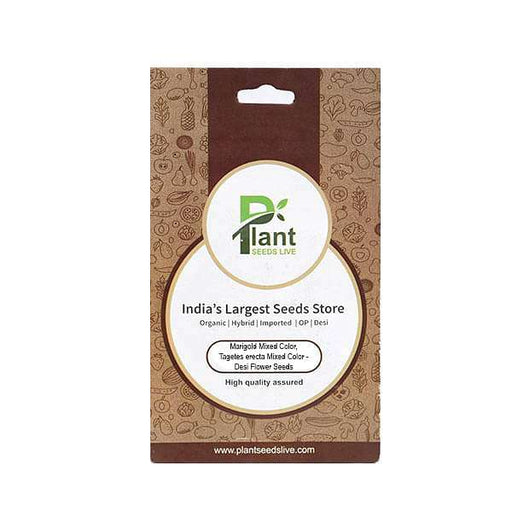
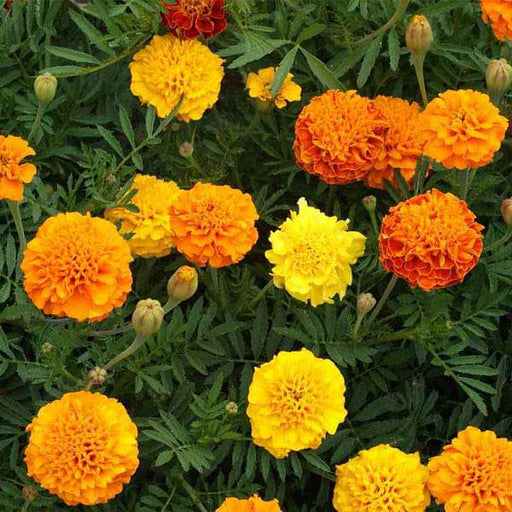 Save 51%
Save 51%
DescriptionMarigold is among the very popular flowers commonly found in India and other countries. Seed Packet contains approx. 35 seeds. In India ...
View full details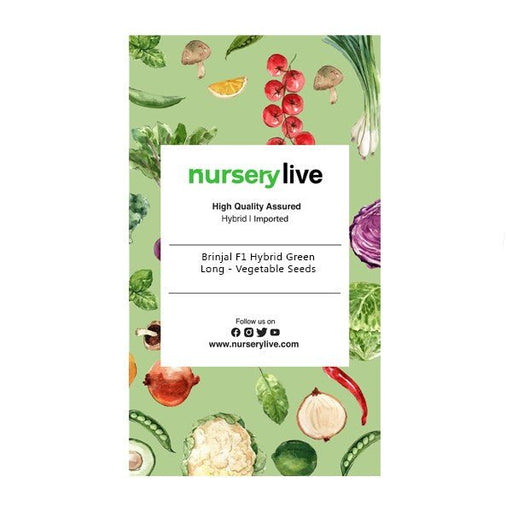
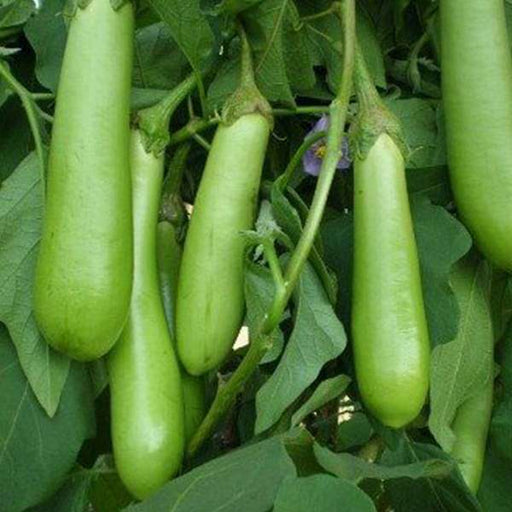 Save 50%
Save 50%
Description 1 packet contains - 50 seeds of brinjal. The brinjal (eggplant or baingan or aubergine) is called the King of Vegetables by some cultur...
View full details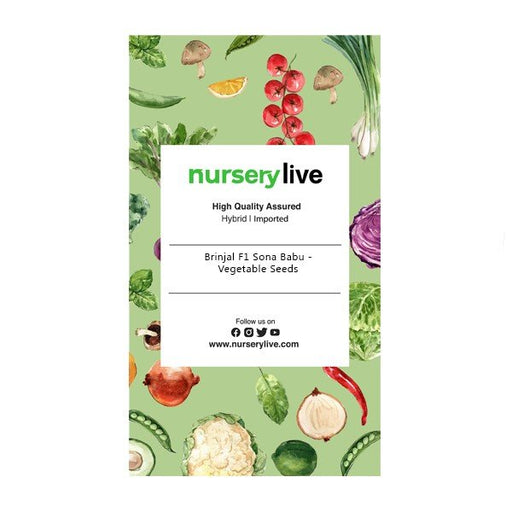
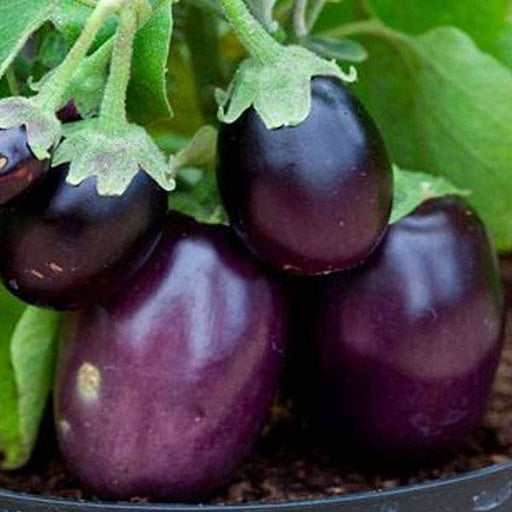 Save 50%
Save 50%
Description 1 packet contains - 50 seeds of brinjal. The brinjal (eggplant or baingan or aubergine) is called the King of Vegetables by some cultur...
View full details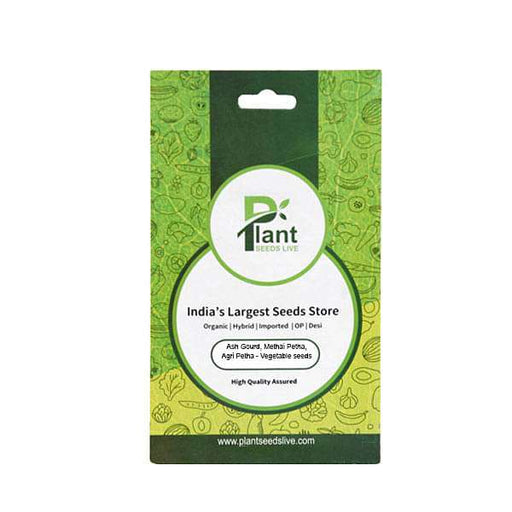
 Save 50%
Save 50%
Description1 packet contains Ash Gourd - 3gm seeds.Ash gourd is a tender vine, which produces large fruit. Famous as a wax gourd, winter melon, whi...
View full details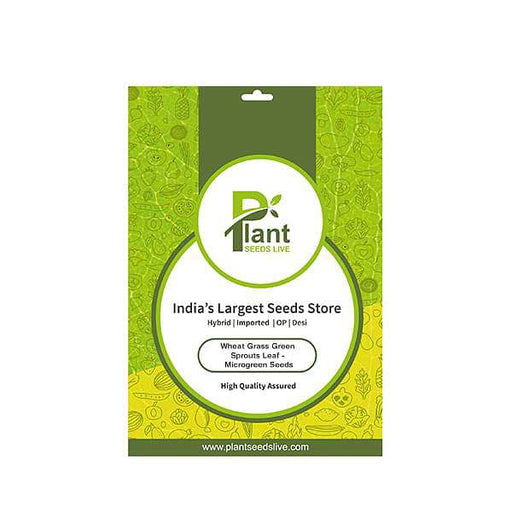
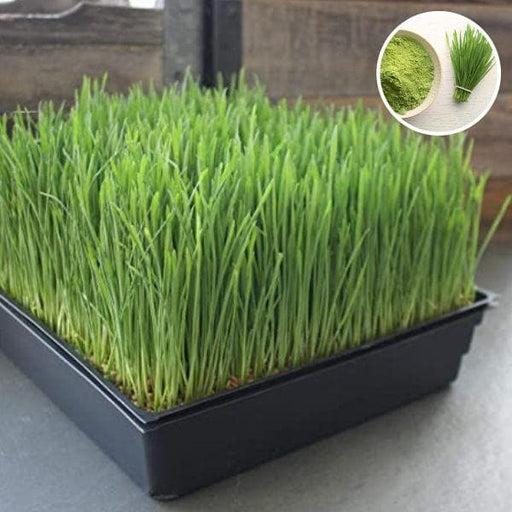 Save 50%
Save 50%
DescriptionWheat Grass Green Sprouts Leaf - Microgreen Seeds Microgreens are relatively easy to grow on a small scale and can also thrive indoors i...
View full details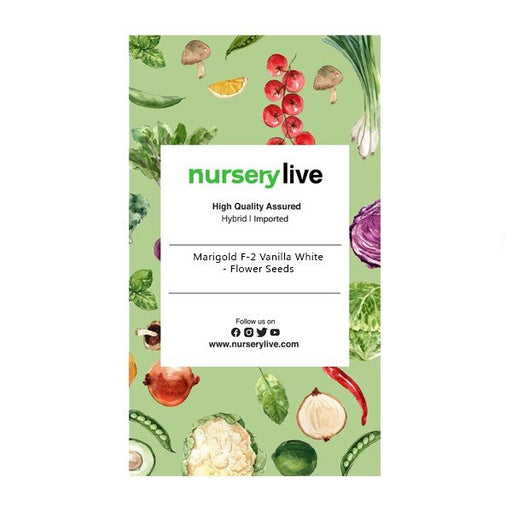
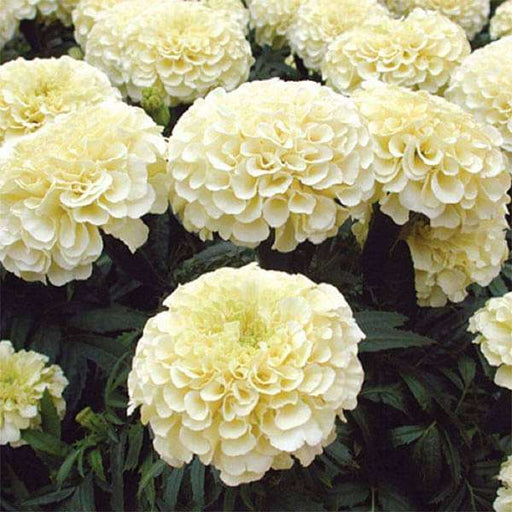 Save 50%
Save 50%
DescriptionMarigold are among the very popular flowers commonly found in India and other countries. In India marigold is one of the most commonly ...
View full details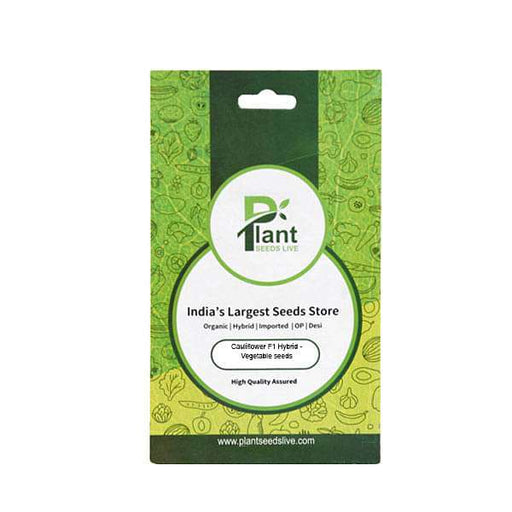
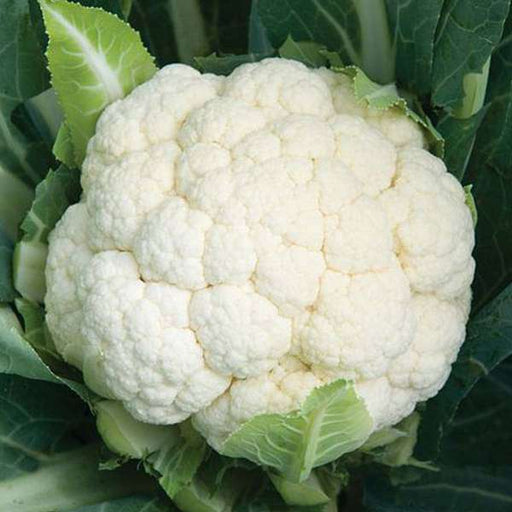 Save 50%
Save 50%
Description 1 packet contains 50 seeds of Cauliflower. Packed with rich nutrients, cauliflower or cabbage flower is one of the commonly used flower...
View full details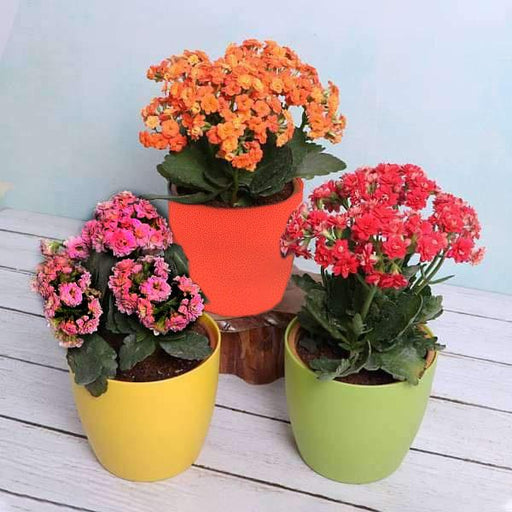
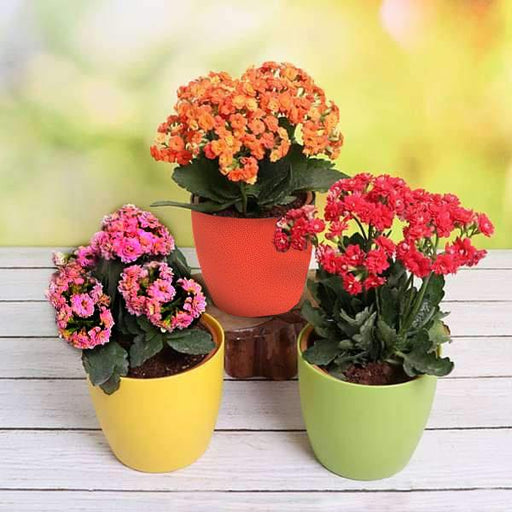 Save 10%
Save 10%
DescriptionThe Kalanchoes are thick leaved elegant flowering succulent houseplants. Make your home garden more vibrant and full of colors by bringi...
View full details Save 45%
Save 45%
Description Pack of 4 succulents that are very easy to care for. A perfect pack to start growing plants worry-free. About You get 4 succulent plant...
View full details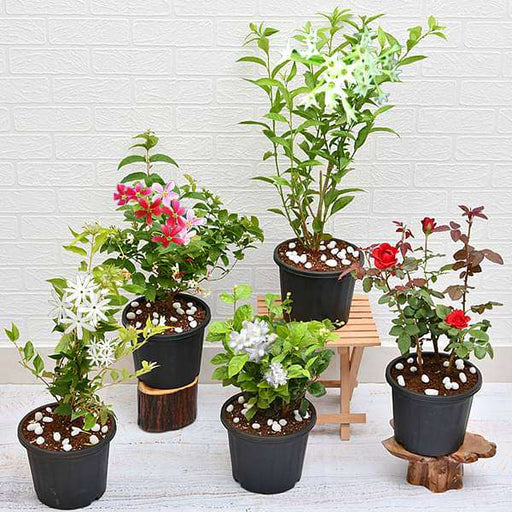 Save 12%
Save 12%
DescriptionAromatic plants bring into a room or house an often overlooked benefit. These plants have a pleasant scent.About You plant a hope when ...
View full details
 Save up to 50%
Save up to 50%
DescriptionIf you long for indoor greenery but have not succeeded with houseplants, consider these beautiful succulents. A perfect pack to start gr...
View full details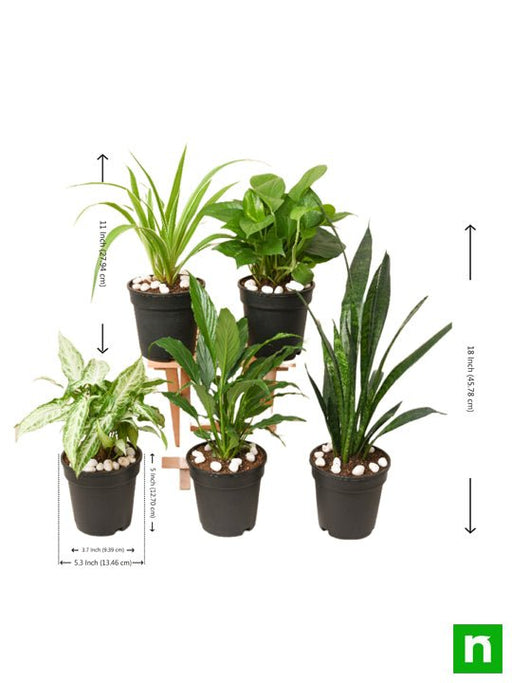
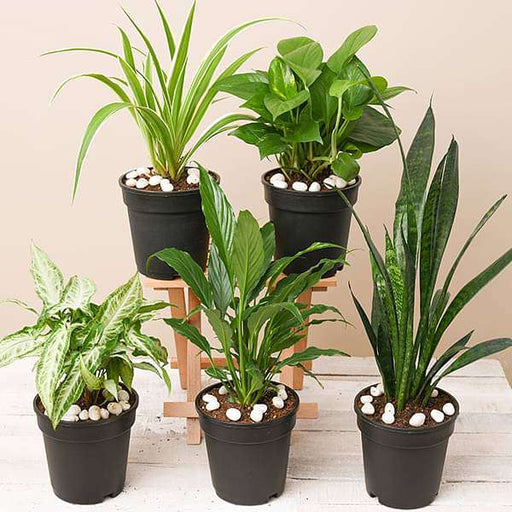 Save 21%
Save 21%
DescriptionThis plants pack contains amazing 5 houseplants + 5 Pots. Surround your home with these best pollution killer plants for a clean and hea...
View full details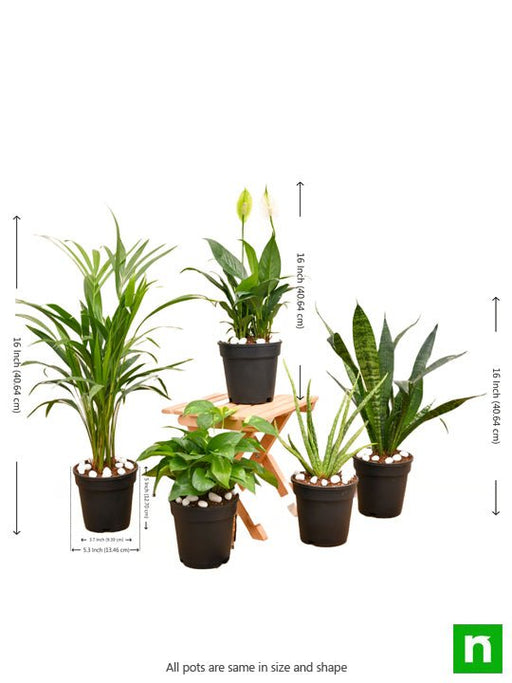
 Save 20%
Save 20%
DescriptionIf you or anyone from your family wants to breathe fresh air, cleaner air in their homes, this 5 plants pack purify the air around and r...
View full details
 Save 40%
Save 40%
DescriptionSet of 2 Bonsai Looking Grafted Adenium PlantsAbout You get 2 Bonsai looking hardy grafted Adenium plants in a single pack.Plants are k...
View full detailsCaladium bulbs are a popular choice for gardeners who want to add a splash of color to their garden. These bulbs produce large, heart-shaped leaves that come in a variety of colors, including green, pink, red, and white. When planted in the right location, caladium bulbs can thrive and provide a beautiful display.
There are many different varieties of caladiums available, each with its own unique look and feel. Some popular caladium varieties include 'Candidum,' which has green leaves with white veins, and 'Red Flash,' which has bright red leaves with green edges.
Taking care of caladium bulbs is relatively easy, but it does require some attention to detail. These bulbs prefer well-draining soil and a warm, humid environment. They also need regular watering and fertilization to thrive.
Planting caladium bulbs is a simple process that can be done in a variety of ways. Whether you choose to plant them in pots or in the ground, it's important to provide them with the right conditions to help them grow.
Caladium leaves are one of the most attractive features of this plant. These large, heart-shaped leaves come in a variety of colors and patterns, making them a popular choice for gardeners who want to add some color and texture to their garden.
While caladiums are primarily grown for their leaves, they do produce flowers in the summer months. These flowers are small and inconspicuous, but they add a nice touch of color to the plant.
Caladiums can be propagated in a variety of ways, including by seed, by division, or by tissue culture. Each method has its own advantages and disadvantages, so it's important to choose the right method for your needs.
Like all plants, caladiums can be susceptible to a variety of diseases and pests. Some common caladium diseases include leaf spot, root rot, and spider mites. It's important to keep an eye out for these issues and take action to address them promptly.
In addition to diseases, caladiums can also attract a variety of pests, including slugs, snails, and aphids. There are many different ways to control these pests, including using organic insecticides or simply removing them by hand.
To help your caladiums grow strong and healthy, it's important to provide them with the right nutrients. Fertilizers containing nitrogen, phosphorus, and potassium can all be beneficial for these plants.
While caladiums prefer a warm and humid environment, they also need some amount of sun exposure to thrive. It's important to find the right balance of sun and shade to help your caladiums grow strong and healthy.
If you live in a region with cold winters, you may need to take steps to protect your caladiums from the cold. This can include digging up the bulbs and storing them indoors until the weather warms up.
When planting caladiums, it's important to consider which other plants you'll be growing alongside them. Some good companion plants for caladiums include hostas, impatiens, and ferns.
Caladiums can be used in a variety of landscaping applications, including as border plantsor in containers. They can add a pop of color to any garden or patio, and their large leaves make them a great focal point.
While caladiums are beautiful and easy to care for, it's important to be aware that they can be toxic to pets and humans if ingested. Make sure to keep them out of reach of children and animals.
If you plan to store your caladium bulbs for the winter, it's important to do so properly to ensure they remain healthy and viable. Store them in a cool, dry place with good ventilation to prevent rot and mold.
The size of your caladium bulbs can have a big impact on the size and quality of the plant they produce. Larger bulbs will produce larger leaves and a more robust plant, while smaller bulbs may take longer to mature.
Caladiums require regular watering to thrive, but it's important not to overwater them. Allow the soil to dry out slightly between waterings to prevent root rot and other issues.
Caladiums prefer well-draining soil that is rich in organic matter. A mix of peat moss, perlite, and vermiculite can be a good choice for growing these plants.
While caladiums do need some amount of sun exposure, they also prefer some shade to protect their leaves from scorching. If you live in a hot and sunny area, it's important to provide your caladiums with some shade during the hottest parts of the day.
A Caladium Flower Bulb is a tropical plant that is grown for its colorful foliage rather than its flowers. It produces large, heart-shaped leaves in a variety of colors and patterns.
Yes, Caladiums can be grown in India. However, they prefer warm, humid climates, so it's important to provide them with the right growing conditions.
Caladium bulbs should be planted in India during the monsoon season, which is typically between June and September.
Caladium bulbs should be planted about 2-3 inches deep in well-draining soil.
Caladiums should be watered regularly, but it's important not to overwater them. Allow the soil to dry out slightly between waterings to prevent root rot.
Caladiums prefer partial shade, so it's important to provide them with some protection from the sun.
Caladiums should be fertilized every 4-6 weeks during the growing season with a balanced fertilizer.
Caladiums are dormant during the winter and should be stored in a cool, dry place until the spring.
Yes, Caladiums can be grown indoors as long as they are provided with the right growing conditions, such as bright, indirect light and warm, humid air.
Caladiums can be propagated by dividing the bulbs in the spring before planting.
To prevent pests and diseases, make sure to plant your Caladiums in well-draining soil, water them properly, and avoid overfertilizing.
Yes, Caladiums can be grown in containers as long as they are provided with the right growing conditions, such as well-draining soil and regular watering.
Caladiums do not produce flowers, but they can produce small, inconspicuous flowers on tall spikes.
Caladium bulbs should be stored in a cool, dry place with good ventilation to prevent rot and mold.
Yes, Caladiums are toxic to pets if ingested, so make sure to keep them out of reach of animals.
Caladiums prefer partial shade, so it's important to provide them with some protection from the sun.
Choose Caladium bulbs that are firm and healthy-looking, with no signs of mold or rot.
Plant Caladium bulbs in well-draining soil, about 2-3 inches deep, with the eyes facing up.
Water Caladiums regularly, but allow the soil to dry out slightly between waterings to prevent root rot.
Fertilize Caladiums every 4-6 weeks during the growing season with a balanced fertilizer.